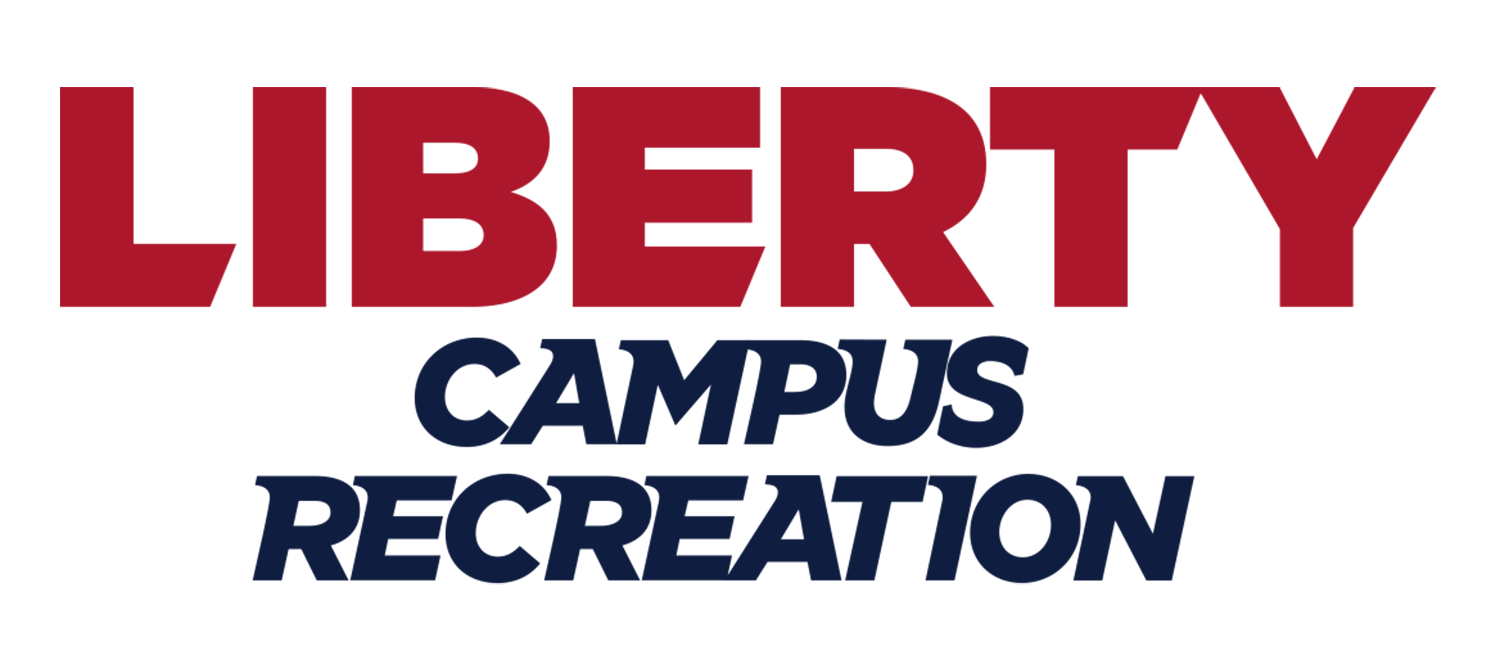Tips to Improve Your Running Form
June 26, 2020
Written by Nikki Kilian, Group Exercise Manager
Many people view running as something instinctive that anyone can do, and to an extent, they are correct. Even in our toddler stage of life, we have the ability to just go run. However, when it comes to running for fitness, things can get a little more complicated.
According to the Journal of Orthopedic & Sports Physical Therapy, as many as 79% of all runners will sustain a running-related injury during any given year. Therefore, learning proper form for running is imperative to help prevent injury and also aid in optimal performance. Running with improper form could lead to a slower pace or shorter distances.
To begin critiquing running form, think of proper standing body alignment from head to toe:
- Neck—neutral, not jutting forward or sinking back
- Shoulders—over the hips
- Spine—should not excessively arch (anterior tilt) or come forward (posterior tilt)
- Hips—over the ankles
- Knees—relaxed and not locked out
- Toes—tracking in the same direction as knees
When running, you want similar posture alignment, but less rigid.
Start with Your Head
Again, the head and neck need to be neutral, neither jutting forward nor sinking back. Also, pay attention to your eyes. Keep your gaze forward and not looking down. This will help prevent in any neck soreness.
Shoulders
Make sure your shoulders are neither elevated nor depressed when running. Tip: when running long distances, roll your shoulders forward and backward every mile as a reminder to keep them down and to alleviate any stiffness.
Core/Trunk
Don’t put too much emphasis on keeping your core engaged while running. If you draw your belly all the way to your spine to engage your core, it will be difficult to breathe when you begin running. Most experts suggest your core being about 25% contracted while running.
Legs & Feet
You want to make sure you are running on the balls of your feet rather than your heels or toes. However, when running uphill it can be beneficial to shift your weight slightly onto your toes.
Tip: The surface you are running on can make a difference.
- If running outdoors on a paved path for a long distance, switch up the side that you are running on.
- This may go against the etiquette of running on the left side of the road toward incoming traffic; however, paved paths typically have a slight curve on either side which has potential to lead to improper form or misalignment.
- If running only on concrete, switch it up and run trails because they are softer on the joints which may help in preventing injury.
Misalignment/Improper Form
If you are worried that you may have a postural misalignment or improper running form, have a friend watch your form to give you feedback. If you notice improper form, what do you do about it?
- Identity the root cause. Is there a biological cause inhibiting your form, such as scoliosis? If there is a biological cause, speak to your doctor.
- If there is not a biological cause and the improper form is the result of a bad habit, try corrective exercises or cross training.
Adding resistance training into a running program can make the world of a difference. Strengthening specific running muscles, which is most of your lower body, can help strengthen your form as well. For a specific corrective exercise prescription, speak to a personal trainer, certified corrective exercise specialist, or physical therapist.
- Form could be inhibited by sore or overworked muscles. For sore muscles, make sure to incorporate stretching at the end of your workout.
With especially sore muscles, incorporate foam rolling. Most runners tend to have significantly tight hip flexors and iliotibial (IT) bands. Rolling out these muscles can aid in proper form during the next run.
Evaluate
For overworked muscles, analyze your training schedule. Are you over-training? Do you allow adequate time for your body to recover? If not, allow more time off in between your running days. Your body is not a machine; it needs time to rest and recover.
If you have a hard time taking rest days, try changing your mindset to actively working on something else that day. This can be a hobby you enjoy, like painting, or something more internal, like improving your mental health or prayer life. We are not just bodies; we are souls and beings with bodies, and all parts of us need to be exercised and nourished.

